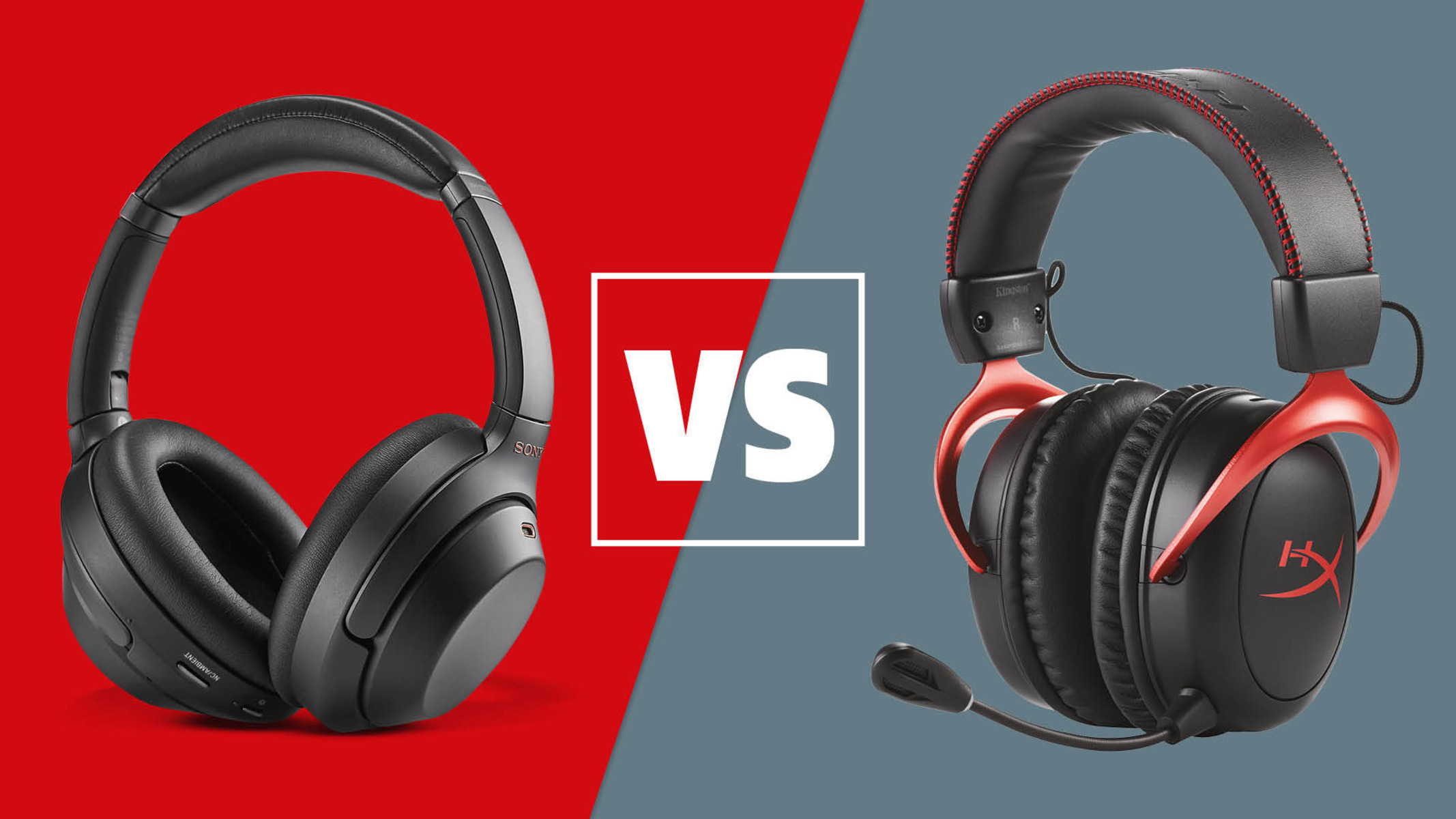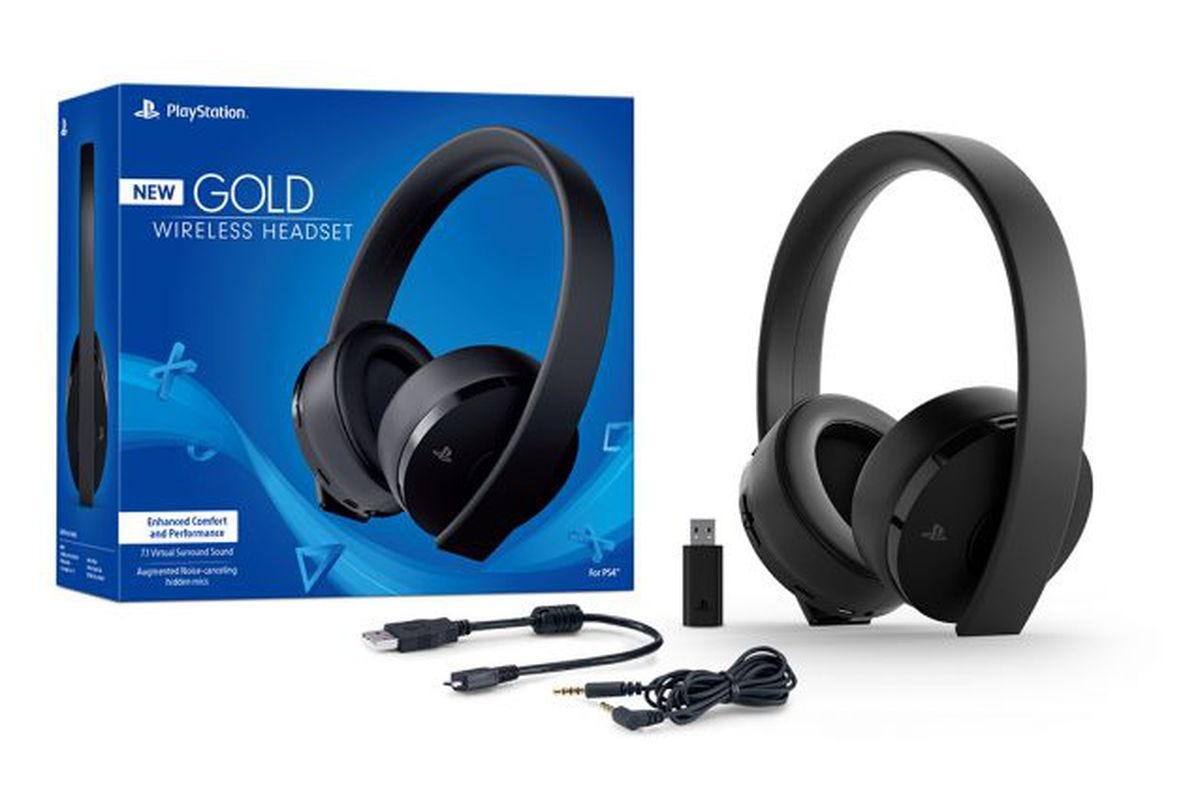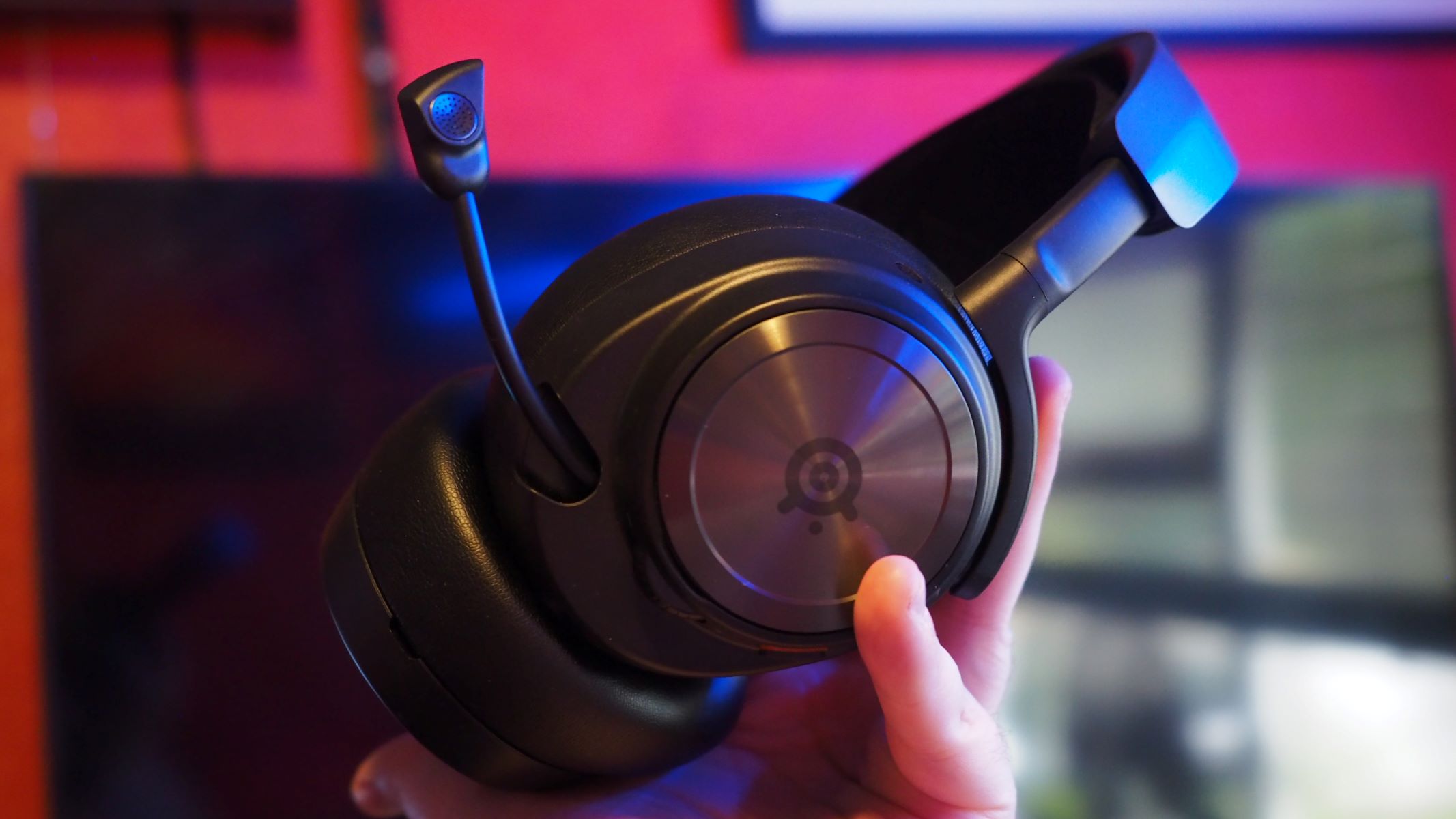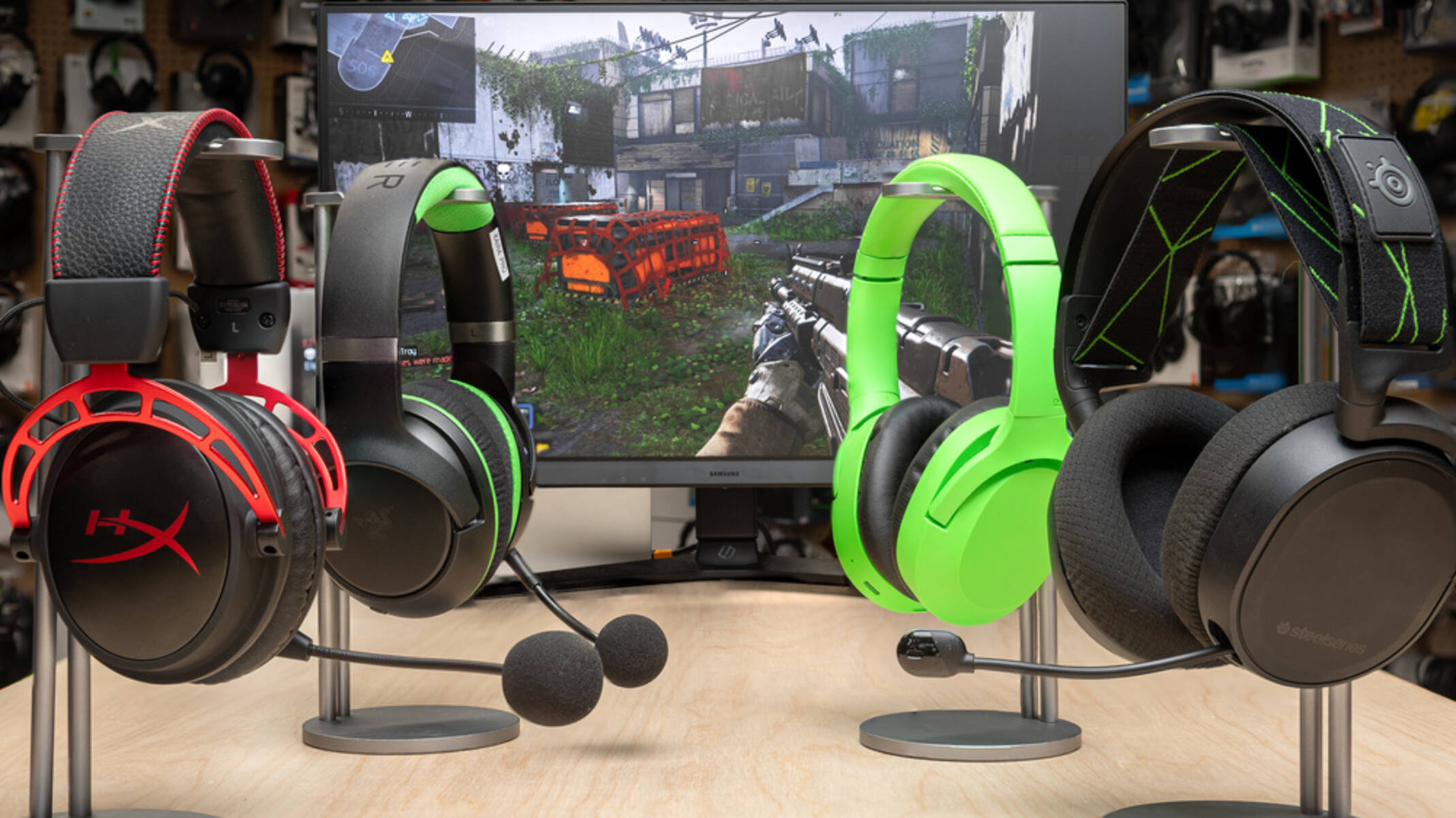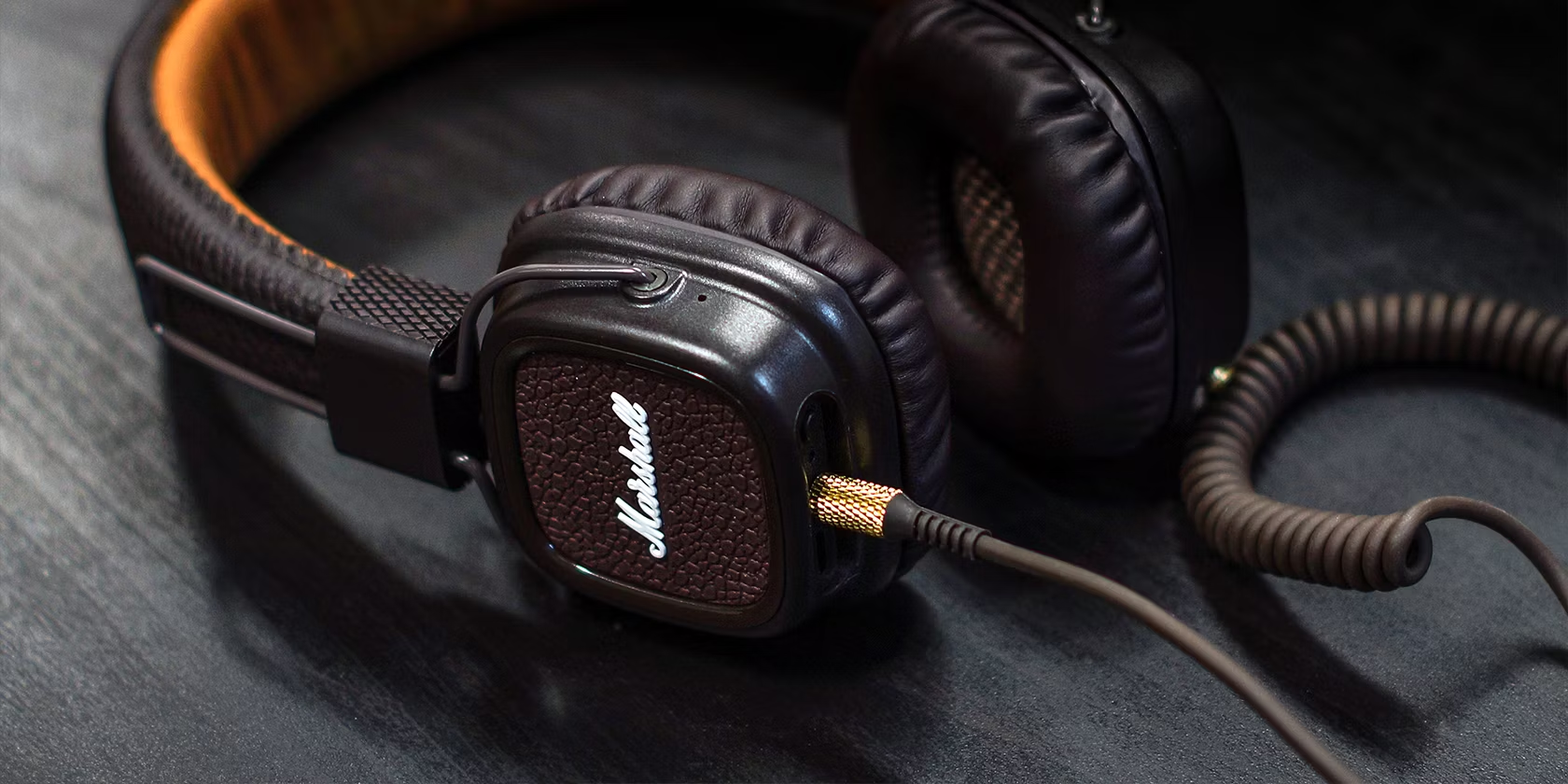Introduction
Introduction
Are you an avid gamer, an audiophile, or simply someone who appreciates high-quality audio? If so, you may have pondered the distinction between a gaming headset and a normal headset. While both serve the fundamental purpose of delivering sound to your ears, there are several crucial differences that set them apart. In this comprehensive guide, we will delve into the distinctive features of gaming headsets and normal headsets, shedding light on their sound quality, microphone capabilities, comfort and design, as well as additional features. By the end of this exploration, you will have a clear understanding of the unique attributes that make each type of headset suitable for specific purposes.
When it comes to choosing the right headset for your needs, understanding these differences is essential. Whether you are seeking an immersive gaming experience, crystal-clear communication during online multiplayer battles, or simply a reliable companion for your daily audio indulgence, knowing the disparities between gaming headsets and normal headsets will empower you to make an informed decision. Let's embark on this enlightening journey to uncover the nuances that define these two types of headsets, ultimately guiding you towards the perfect choice for your audio needs.
Sound Quality
One of the most significant disparities between gaming headsets and normal headsets lies in their sound quality. Gaming headsets are engineered to deliver an immersive audio experience tailored specifically for gaming. These headsets often feature advanced surround sound technologies, such as virtual 7.1 surround sound, which create a three-dimensional audio environment, allowing gamers to pinpoint the direction of in-game sounds with remarkable precision. This spatial awareness is particularly advantageous in competitive gaming scenarios, where detecting subtle auditory cues can be the difference between victory and defeat.
Conversely, normal headsets, while capable of producing high-quality audio, may not prioritize the spatial and positional accuracy that gaming headsets offer. They are designed to provide a balanced and accurate representation of audio across various frequencies, catering to music enthusiasts, podcast listeners, and general multimedia consumption. As a result, the sound signature of normal headsets tends to be more neutral and faithful to the original audio source, making them versatile for a wide range of listening preferences.
It’s important to note that while gaming headsets excel in creating an immersive gaming environment, they may not always deliver the same level of fidelity and accuracy in reproducing music or other forms of non-gaming audio content. Conversely, normal headsets, with their emphasis on balanced sound reproduction, may not offer the specialized spatial audio features optimized for gaming immersion that gaming headsets provide.
Microphone Quality
When it comes to communication in the gaming realm, the microphone quality of a headset plays a pivotal role. Gaming headsets are specifically engineered to facilitate clear and precise voice communication during multiplayer gaming sessions. These headsets often feature noise-canceling microphones that effectively filter out ambient sounds, ensuring that your voice comes through with clarity and minimal distortion. Furthermore, some gaming headsets boast additional voice enhancement technologies, such as voice modulation and background noise suppression, which can be invaluable for maintaining effective communication in the midst of intense gaming action.
On the other hand, while normal headsets may also come equipped with microphones for voice calls and online meetings, their microphone quality may not be optimized for the specific demands of gaming. Normal headsets tend to prioritize general voice clarity and fidelity for everyday communication rather than the specialized features required for gaming-related voice chat. As a result, the microphones on normal headsets may not offer the same level of noise cancellation and voice enhancement tailored for the distinct challenges of gaming environments.
It’s worth noting that the microphone quality of a headset can significantly impact the overall gaming experience, especially in team-based multiplayer games where effective communication is essential for strategic coordination. As such, the superior microphone technologies integrated into gaming headsets are designed to ensure that your voice is transmitted with utmost clarity, free from background distractions, contributing to seamless and effective communication during gaming sessions.
Comfort and Design
Comfort and design are crucial considerations when choosing between a gaming headset and a normal headset. Gaming headsets are often designed with extended gaming sessions in mind, featuring ergonomic designs, plush padding, and adjustable headbands to provide long-lasting comfort. Additionally, many gaming headsets incorporate breathable materials and weight distribution mechanisms to mitigate discomfort during prolonged use, catering to the needs of avid gamers who may spend hours immersed in gaming adventures.
Conversely, normal headsets prioritize a balance between comfort and stylistic versatility, catering to a broader spectrum of users beyond the gaming community. While some normal headsets offer exceptional comfort for extended wear, they may not always incorporate the same level of gaming-specific ergonomic features found in dedicated gaming headsets. The design of normal headsets often emphasizes a blend of aesthetics and functionality, appealing to users who seek a versatile audio companion for various activities, including work, leisure, and casual gaming.
Furthermore, the design aesthetics of gaming headsets and normal headsets can differ significantly. Gaming headsets may feature bold, futuristic designs with customizable RGB lighting and aggressive styling, reflecting the gaming culture and preferences of enthusiasts. In contrast, normal headsets often exhibit a more understated and versatile design language, suited for a wide array of personal and professional settings.
Ultimately, the choice between a gaming headset and a normal headset in terms of comfort and design hinges on individual preferences and usage scenarios. Whether you prioritize the ergonomic comfort tailored for extensive gaming sessions or seek a versatile, stylish headset that seamlessly transitions across various activities, understanding the distinct comfort and design attributes of each type of headset is essential for making an informed decision.
Additional Features
Aside from sound quality, microphone capabilities, and comfort, gaming headsets and normal headsets may offer distinct additional features that cater to specific user preferences and usage scenarios.
Gaming headsets often come equipped with specialized features tailored for gaming immersion, such as customizable RGB lighting, on-ear controls for audio adjustments, and compatibility with virtual surround sound technologies. These headsets may also integrate software suites that allow users to fine-tune audio settings, create personalized sound profiles, and customize the behavior of the headset to align with different gaming genres and preferences.
Furthermore, some gaming headsets incorporate advanced haptic feedback systems that synchronize with in-game audio cues, enhancing the tactile dimension of the gaming experience. These tactile feedback mechanisms can provide a heightened sense of immersion by translating in-game sounds into subtle vibrations, adding a new layer of sensory engagement to gaming sessions.
On the other hand, normal headsets may prioritize additional features geared towards multifunctional utility, such as seamless integration with voice assistants, compatibility with a wide range of devices and platforms, and advanced call management functionalities for professional communication purposes. Additionally, some normal headsets may emphasize wireless connectivity options, extended battery life, and intuitive touch controls, catering to users who prioritize convenience and versatility across diverse usage scenarios.
It’s important to consider the specific additional features offered by each type of headset and evaluate how they align with your preferences and intended usage. Whether you seek gaming-centric features that elevate the immersive gaming experience or multifunctional capabilities that seamlessly transition across various activities, understanding the unique supplementary attributes of gaming headsets and normal headsets will guide you towards the ideal choice for your audio needs.
Conclusion
As we conclude our exploration of the disparities between gaming headsets and normal headsets, it becomes evident that each type of headset offers unique attributes tailored for specific purposes and user preferences. The distinctive sound quality of gaming headsets, optimized for immersive gaming experiences and spatial awareness, contrasts with the balanced and faithful audio reproduction of normal headsets, catering to a broader spectrum of multimedia consumption.
Moreover, the superior microphone technologies integrated into gaming headsets, designed to facilitate clear and precise voice communication in gaming environments, stand in contrast to the general voice clarity and fidelity prioritized by normal headsets for everyday communication. The ergonomic comfort and gaming-specific design features of gaming headsets cater to the needs of avid gamers engaged in extended gaming sessions, while the versatile comfort and stylistic adaptability of normal headsets resonate with a broader range of users.
Furthermore, the additional features offered by gaming headsets, such as customizable RGB lighting, haptic feedback systems, and gaming-centric software suites, align with the immersive and tactile demands of gaming, while the multifunctional capabilities of normal headsets, including seamless integration with voice assistants, wireless connectivity options, and advanced call management functionalities, cater to diverse usage scenarios beyond gaming.
Ultimately, the choice between a gaming headset and a normal headset hinges on individual preferences, specific usage scenarios, and the prioritization of specialized gaming features versus multifunctional versatility. By understanding the nuanced differences in sound quality, microphone capabilities, comfort and design, and additional features, you are empowered to make an informed decision that aligns with your audio needs, whether they revolve around immersive gaming experiences, multimedia consumption, professional communication, or multifaceted utility.







